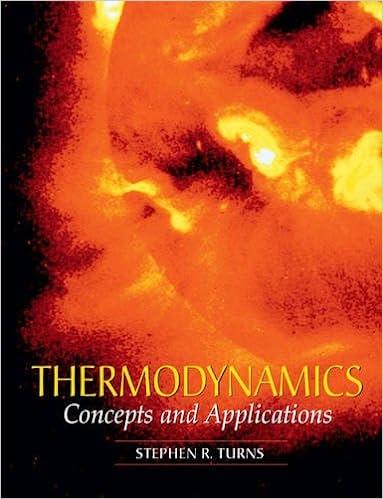Answered step by step
Verified Expert Solution
Question
1 Approved Answer
2. Carbon Tetrachloride (CTET) is dumped into a pond. CTET has a koc of 152 L/kg. The CTET seeps down into the unconfined aquifer below
2. Carbon Tetrachloride (CTET) is dumped into a pond. CTET has a koc of 152 L/kg. The CTET seeps down into the unconfined aquifer below the pond which has a soil organic carbon content of 2.0%. The bulk density of the aquifer is measured to be 3g/cm3. There is a well 50m away whose pumping causes a hydraulic gradient of 0.025. Assume a porosity of 0.18 and a K (hydraulic conductivity) of 0.04m/d.
a. Draw a cross-sectional diagram of the aquifer, including the pond, well, water table, and transport of CTET.
b. Estimate the R factor for CTET in this aquifer.
c. How long would it take for CTET to migrate from the pond to the aquifer if the
aquifer is located 1m below the pond, the unsaturated zone has a water content () of 0.11, and a specific discharge of 20cm/year (a.k.a. infiltration rate/q)? (Assume same R factor for unsaturated and saturated zones).
d. Calculate the time it would take the CTET to travel from below the pond to the well in the saturated zone. (Hint q and seepage velocity from the unsaturated zone may be different than q and seepage velocity in the saturated zone).
e. During its travel time from the pond to the well, what percentage of CTET will remain, assuming first order decay and a biological decay constant of k = 0.115/d
f. From lecture CTET in the Borden test has a retardation factor (R) of 5.9, why do you suspect it is so much greater in this problem? (I.E. explain what characteristics of this situation may make the R factor so large).
g. In this problem, CTET does not make it to the well, but under different conditions that may be different. How would changing the following characteristics/conditions make it more likely to measure CTET in the well. For each condition choose either increase or decrease.
Example: An INCREASE in the hydraulic gradient would make CTET more likely to make it to the well.
Hydraulic gradient
Organic carbon content in soil
Bulk density
Porosity
Hydraulic conductivity
Biodegradation rate of CTET
Step by Step Solution
There are 3 Steps involved in it
Step: 1

Get Instant Access to Expert-Tailored Solutions
See step-by-step solutions with expert insights and AI powered tools for academic success
Step: 2

Step: 3

Ace Your Homework with AI
Get the answers you need in no time with our AI-driven, step-by-step assistance
Get Started


